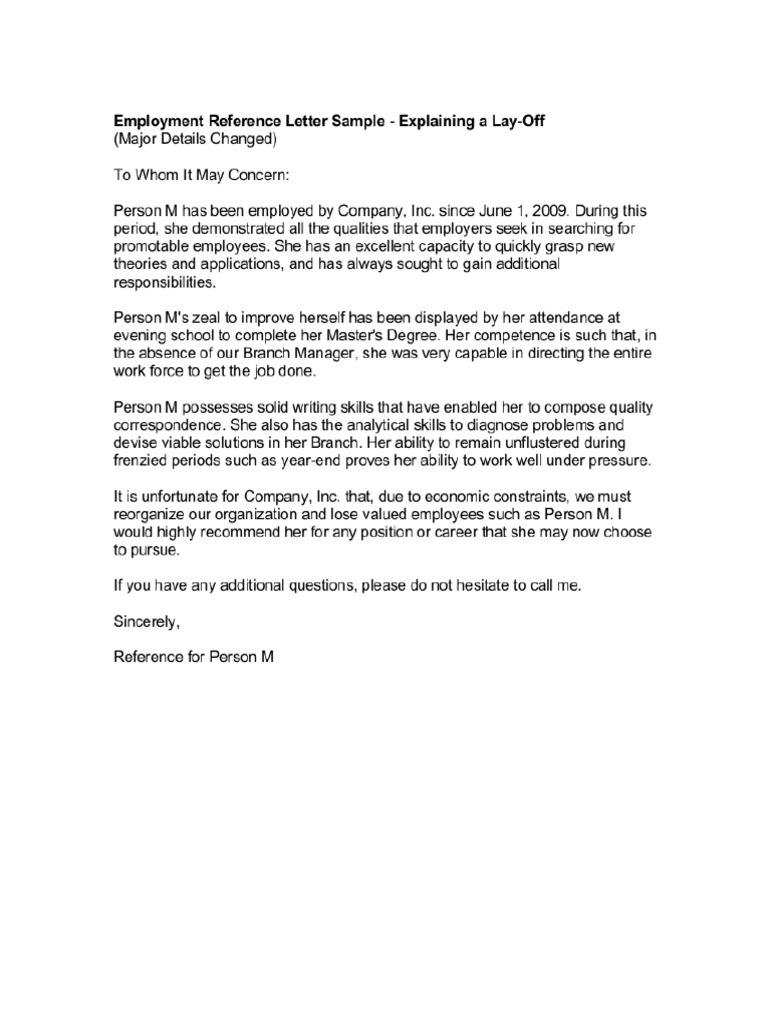The Post-Roe Landscape: Examining The Role Of OTC Birth Control

Table of Contents
Increased Access and Reduced Barriers to Birth Control
Access to effective contraception is a cornerstone of reproductive healthcare. However, significant barriers prevent many individuals from obtaining the birth control they need. Increased access to OTC birth control offers a potential solution to these challenges.
Geographic Barriers
Limited access to healthcare providers, particularly in rural areas, significantly impacts reproductive health choices.
- Long distances: Many individuals, especially those in low-income communities, face substantial challenges traveling long distances for appointments, often incurring costs for transportation and time off work. This can make regular check-ups and prescription refills difficult to maintain.
- OTC as a solution: OTC birth control offers a convenient and accessible alternative, bypassing geographical limitations. Individuals can purchase these methods at local pharmacies, eliminating the need for travel to distant clinics or hospitals.
- Improved health outcomes: Easier access to birth control translates to improved reproductive health outcomes, including reduced rates of unintended pregnancies and sexually transmitted infections (STIs).
Financial Barriers
The cost of prescription birth control can be prohibitive for many, creating a significant barrier to access.
- High costs: Doctor visits, prescriptions, and insurance co-pays all contribute to the overall cost of accessing birth control, placing a considerable financial burden on individuals and families.
- Affordability of OTC options: OTC birth control methods, while not always completely free, are generally more affordable than prescription options, reducing financial barriers and improving affordability for many.
- Cost comparison: A comparison of the cost of a year's supply of OTC birth control pills versus prescription birth control, considering doctor visits and insurance co-pays, clearly demonstrates the potential cost savings of OTC options.
Time Barriers
Scheduling and attending appointments for birth control can be time-consuming, leading to missed opportunities for obtaining contraception.
- Convenience of OTC: Obtaining OTC birth control eliminates the need for appointments, offering significant convenience and flexibility.
- Improved adherence: This increased convenience can lead to better adherence to birth control regimens, further reducing the risk of unintended pregnancies.
- Impact on unplanned pregnancies: The ease of access provided by OTC birth control has the potential to significantly reduce the number of unplanned pregnancies.
Potential Impacts of Wider OTC Birth Control Access
Increased access to OTC birth control could have profound positive impacts on various aspects of reproductive and public health.
Reduction in Unintended Pregnancies
Wider availability of OTC birth control has the potential to significantly decrease unintended pregnancies.
- Effectiveness of OTC methods: Studies demonstrate the effectiveness of various OTC birth control methods, such as condoms, emergency contraception, and certain types of birth control pills (depending on FDA approval and regulation).
- Improved access, lower rates: A strong correlation exists between improved access to contraception and lower rates of unintended pregnancy.
- Limitations and considerations: While effective, OTC methods are not foolproof. It's crucial to emphasize responsible use and provide comprehensive information about their effectiveness and potential limitations.
Impact on Maternal and Child Health
Improved access to birth control significantly affects maternal and child health outcomes.
- Reduced infant mortality: Access to birth control allows for better birth spacing, reducing the risks associated with closely spaced pregnancies and improving infant mortality rates.
- Improved maternal health: Spacing births allows mothers adequate time to recover between pregnancies, improving their overall health and reducing the risk of complications.
- Societal benefits: The resulting improvement in maternal and child health translates to broader societal benefits, including a healthier and more productive population.
Public Health Implications
Increased OTC birth control accessibility has significant public health implications.
- Reduced healthcare costs: A reduction in unintended pregnancies and births translates to lower healthcare costs associated with prenatal care, delivery, and postnatal care.
- Reduced strain on healthcare system: This reduction in demand on the healthcare system allows resources to be allocated to other crucial areas.
- Need for education and responsible use: While beneficial, increased access necessitates robust public health campaigns promoting responsible use, accurate information, and addressing concerns about self-medication.
Challenges and Considerations
Despite the potential benefits, several challenges and considerations must be addressed to ensure responsible and equitable access to OTC birth control.
Misinformation and Education
The spread of misinformation about birth control necessitates comprehensive sex education and public health campaigns.
- Public health campaigns: Effective campaigns are crucial to promote safe and effective use of OTC birth control, addressing common misconceptions and providing accurate information.
- Combating misinformation: Efforts are needed to combat the spread of misinformation online and in other media, promoting reliable sources of information.
- Role of healthcare professionals: Healthcare professionals play a vital role in providing education, guidance, and support regarding the appropriate use of OTC birth control.
Accessibility for Marginalized Communities
Equitable access to OTC birth control must be ensured for all populations, especially marginalized communities.
- Addressing disparities: Strategies must address existing disparities in access based on race, socioeconomic status, and geographic location.
- Health equity initiatives: Initiatives promoting health equity are crucial to ensure that all individuals have equal access to information and resources.
- Culturally sensitive programs: Culturally sensitive outreach programs are essential to effectively reach and engage diverse communities.
Conclusion
The post-Roe landscape demands a critical reassessment of reproductive healthcare access. Expanding access to OTC birth control presents a significant opportunity to reduce barriers to contraception, leading to fewer unintended pregnancies, improved maternal and child health outcomes, and a reduced burden on the healthcare system. While challenges exist concerning education and equitable access, the potential benefits of widespread OTC birth control availability are undeniable. Further research and public health initiatives are crucial to ensure safe and effective use and address any potential concerns. Let's advocate for policies that promote access to effective and affordable OTC birth control, empowering individuals to make informed choices about their reproductive health. Expanding access to over-the-counter birth control is not just about convenience; it's about ensuring reproductive freedom and health equity for all.

Featured Posts
-
 Nfl Draft Green Bays First Round Player Predictions And Analysis
Apr 26, 2025
Nfl Draft Green Bays First Round Player Predictions And Analysis
Apr 26, 2025 -
 A Timeline Of Karen Reads Murder Cases And Legal Proceedings
Apr 26, 2025
A Timeline Of Karen Reads Murder Cases And Legal Proceedings
Apr 26, 2025 -
 Returning To A Previous Employer After A Layoff Questions To Ask
Apr 26, 2025
Returning To A Previous Employer After A Layoff Questions To Ask
Apr 26, 2025 -
 Jan 6 Hearing Witness Cassidy Hutchinson Announces Memoir
Apr 26, 2025
Jan 6 Hearing Witness Cassidy Hutchinson Announces Memoir
Apr 26, 2025 -
 How Microsoft Is Designing Ai For A Human Future
Apr 26, 2025
How Microsoft Is Designing Ai For A Human Future
Apr 26, 2025
Latest Posts
-
 Elon Musk Net Worth A Deep Dive Below 300 Billion
May 10, 2025
Elon Musk Net Worth A Deep Dive Below 300 Billion
May 10, 2025 -
 Kaitlin Olson And The High Potential Repeats On Abc In March 2025
May 10, 2025
Kaitlin Olson And The High Potential Repeats On Abc In March 2025
May 10, 2025 -
 Who Is David 5 Prominent Theories In He Morgan Brothers High Potential
May 10, 2025
Who Is David 5 Prominent Theories In He Morgan Brothers High Potential
May 10, 2025 -
 He Morgan Brothers High Potential Exploring 5 Theories Surrounding David
May 10, 2025
He Morgan Brothers High Potential Exploring 5 Theories Surrounding David
May 10, 2025 -
 Abcs High Potential Next Episode Release Date
May 10, 2025
Abcs High Potential Next Episode Release Date
May 10, 2025
